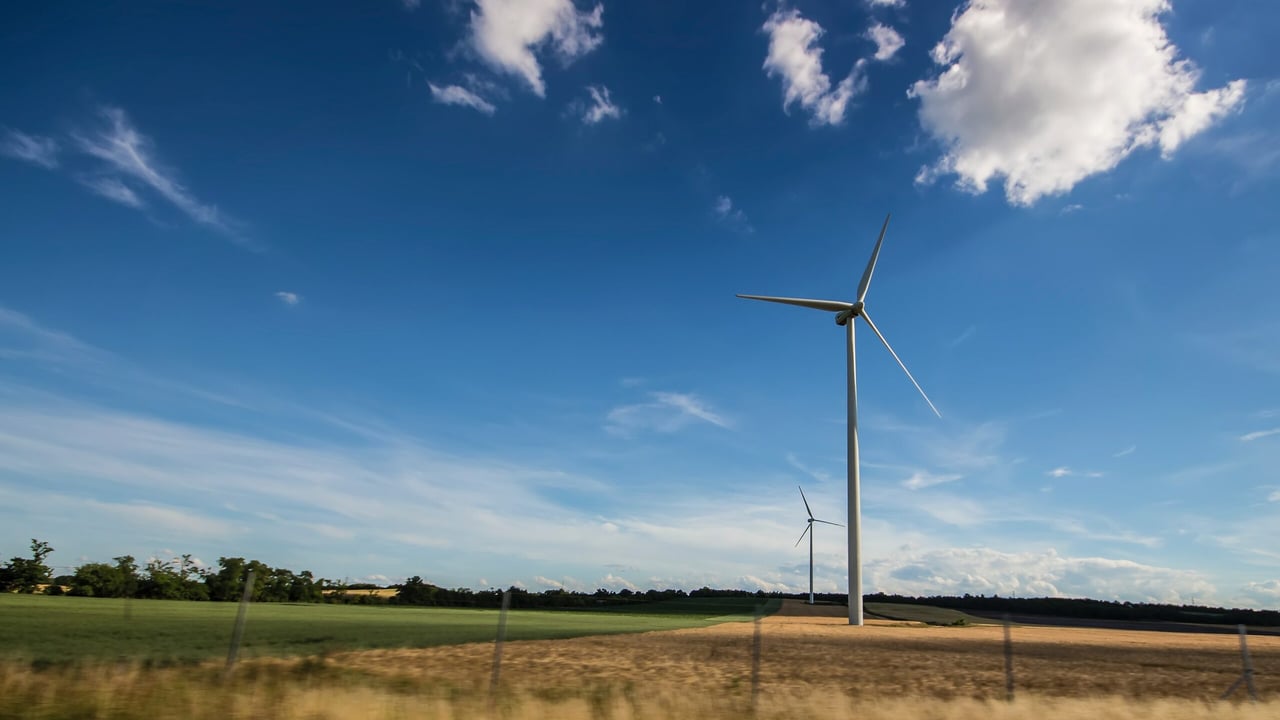'Huge additions' of solar and wind developments seen in 2020 will become the ‘new normal’
Renewable sources of electricity, such as wind and solar, grew at their fastest rate in two decades in 2020 - and these "huge additions" are set to become "the new normal" going forward.
The growth in Europe and the US "will be even brisker than previously forecast, compensating for China's transitional slowdown after exceptional 2020 growth", according to a new report by the International Energy Agency (IEA).
According to the IEA's latest market update, the amount of renewable electricity capacity added in 2020 rose by 45% to 280GW - the largest year-on-year increase since 1999.
The increase in 2020 is set to become the “new normal”, with about 270GW of renewable capacity on course to be added in 2021 and almost 280GW in 2022, despite a slowdown in China after an exceptional level of additions last year.
Those forecasts have been revised upwards by more than 25% from the IEA’s previous estimates in November, "as governments around the world have auctioned record levels of renewable capacity; and companies have signed record-level power purchase agreements, even as the pandemic spread macroeconomic uncertainties and suppressed demand", according to the IEA's report.
"In Europe, annual capacity additions are forecast to increase 11% to 44GW in 2021 and 49GW in 2022.
"With this expansion this year, the region will break the record for annual additions for the first time since 2011 and become the second largest market after China."
Germany is set to "continue to deliver the largest renewable capacity additions in Europe, followed by France, the Netherlands, Spain, the UK and Turkey". This "strong growth" results from several countries "extending their policies to meet the EU 2030 climate target".
China is "at the centre of global renewable demand and supply, accounting for around 40% of global renewable capacity growth for several years", according to the IEA.
"In 2020, China’s share rose to 50% for the first time due to a rush to complete projects before government subsidies were phased out.
"In 2021-2022, renewables growth in China is set to stabilise at levels that are below the 2020 record but still over 50% above where it was during the 2017-2019 period.
"Any slowdown in China in the coming years will be compensated for by strong growth in Europe, the US, India and Latin America where government support and falling prices for solar PV and wind continue to drive installations."
The IEA also noted that China is the largest manufacturer of solar panels and wind turbines, "as well as the biggest supplier of raw materials such as silicon, glass, steel, copper and rare earth materials needed to build them".
"Supply chain constraints, including due to a fire in a Chinese silicon factory last year, have recently pushed up prices of PV modules, highlighting the sector’s potential vulnerabilities in the longer term."
“Wind and solar power are giving us more reasons to be optimistic about our climate goals as they break record after record," Fatih Birol, executive director of the IEA said.
“Governments need to build on this promising momentum through policies that encourage greater investment in solar and wind, in the additional grid infrastructure they will require, and in other key renewable technologies such as hydropower, bioenergy and geothermal.
"A massive expansion of clean electricity is essential to giving the world a chance of achieving its net zero goals.’’
Meanwhile, transport biofuel production has declined 8% globally in 2020 due to pandemic limiting travel.
"Production is expected to recover this year to 2019 volumes, and expand another 7% in 2022 as biodiesel and hydrotreated vegetable oil [HVO] production increases globally and ethanol expands in India," the IEA said.
"At the same time, global HVO production capacity is expected to nearly double in the next two years, significantly expanding the capability of producing biofuels from waste and residue feedstocks."
This week, the Department of the Environment, Climate and Communications has published the framework for Ireland’s future offshore electricity transmission system, which will facilitate the expansion of offshore wind energy to help the country meet its greenhouse gas emissions targets.
Speaking today (Thursday, May 13), Minister Eamon Ryan said this policy, which is "a further step towards building renewable sustainable resource in Ireland", will bring the country energy security.
"Over the next decade we will be electrifying our transport and other systems and we will need electric power from sustainable resources to do that. Offshore wind is a win-win for local communities and for Ireland," the minister added.
The framework and associated new policy, which was approved by government in April following a public consultation in summer 2020, will provide for the development, operation and ownership of Ireland’s offshore electricity transmission system.





